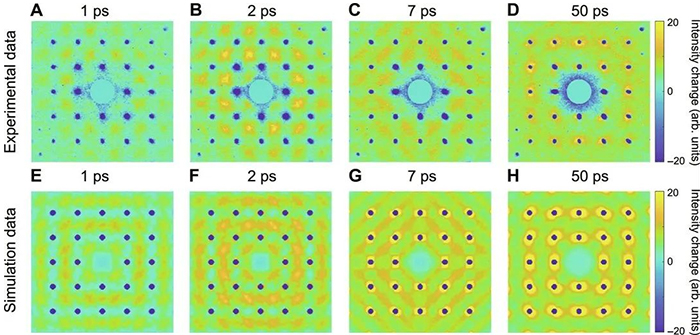Nuclear fusion is a promising frontier in the pursuit of clean and inexhaustible energy. But in fusion reactors, scientists try to produce energy by fusing atoms together, mimicking the sun's process of generating electricity, but then the metal becomes very hot. To overcome this problem, researchers have been delving into the science of thermal management, focusing on a special metal called tungsten.
According to foreign media reports, based on new discoveries about tungsten's thermal conductivity, new research led by scientists from the US Department of Energy's SLAC National Accelerator Laboratory (SLAC National Accelerator Laboratory) highlights the potential of tungsten to significantly improve fusion reactor technology. This advancement could accelerate the development of more efficient and resilient fusion reactor materials. The findings were published in the journal Science Advances.
"We are excited that our findings have the potential to impact the design of man-made materials for fusion and other energy applications," said collaborator Siegfried Glenzer, Director of SLAC's High Energy Density Division. Our work demonstrates the ability to probe materials at the atomic scale, providing valuable data for further research and development. "Staying Calm Under Pressure Tungsten is more than just a metal, and can withstand incredibly high temperatures and won't be deformed or weakened by heat waves like other metals. This makes it particularly effective at conducting heat quickly and efficiently, which is exactly what is needed in the superthermal conditions of a fusion reactor. The rapid thermal loading of tungsten and its alloys is also present in many aerospace applications, such as rocket engine nozzles, heat shields, and turbine blade coatings. Understanding how tungsten works with heat provides clues as to how to make new materials for fusion reactors that stay cool better under pressure. In the new study, scientists have developed a new method to take a closer look at how tungsten controls heat at the atomic level.

